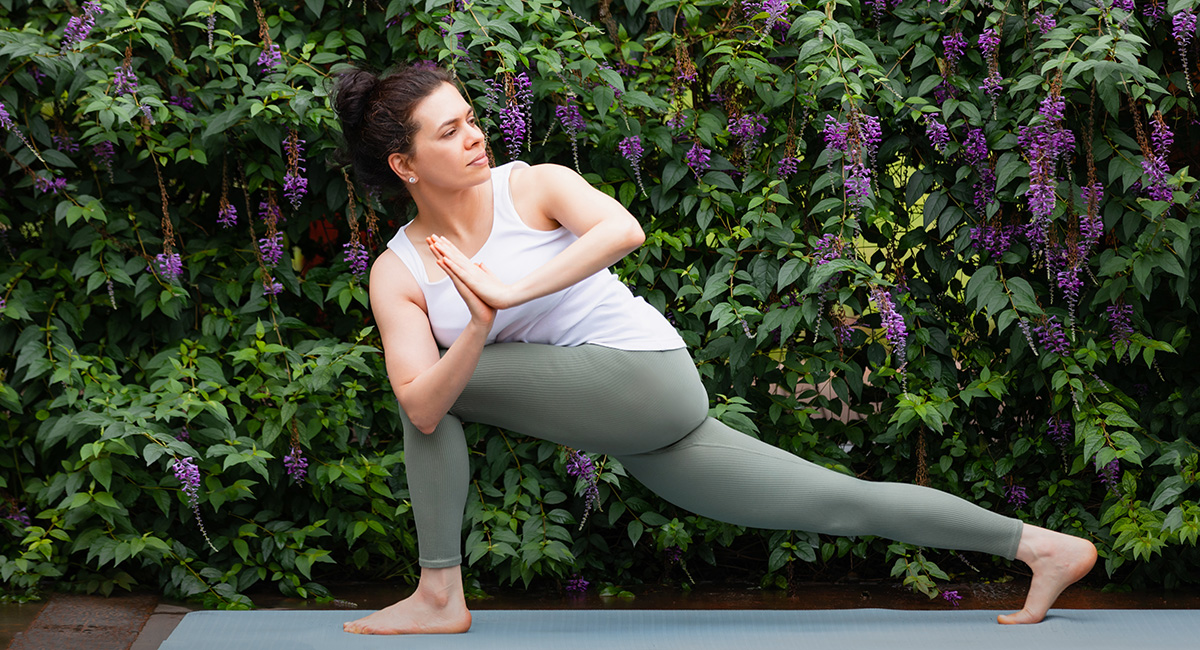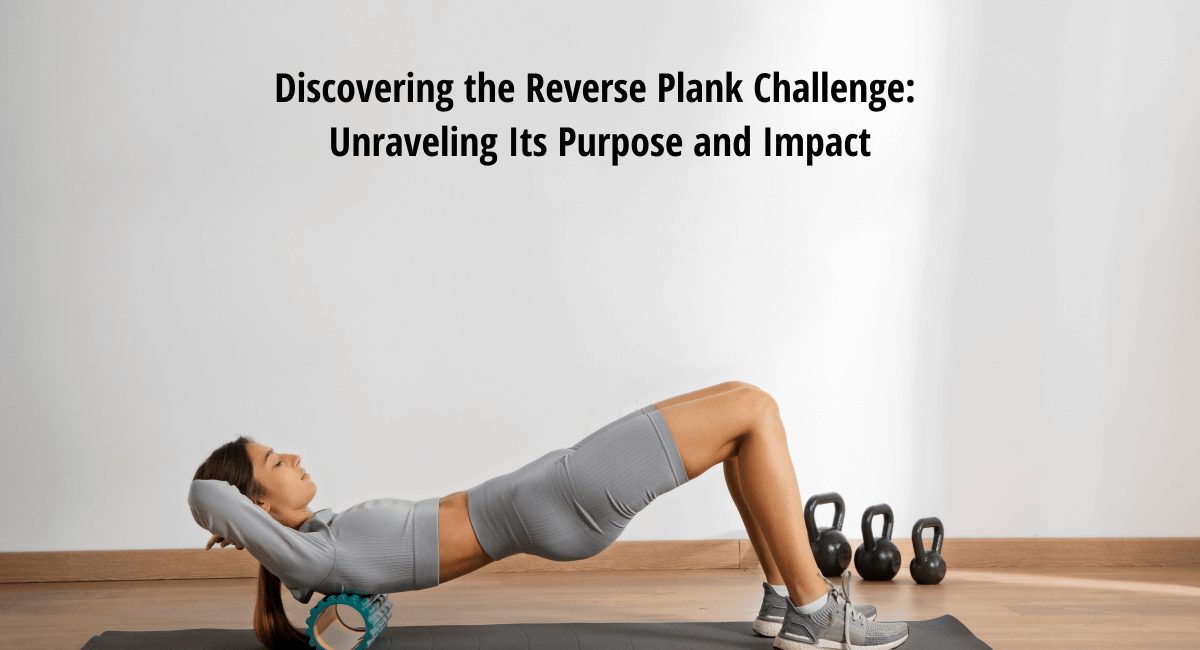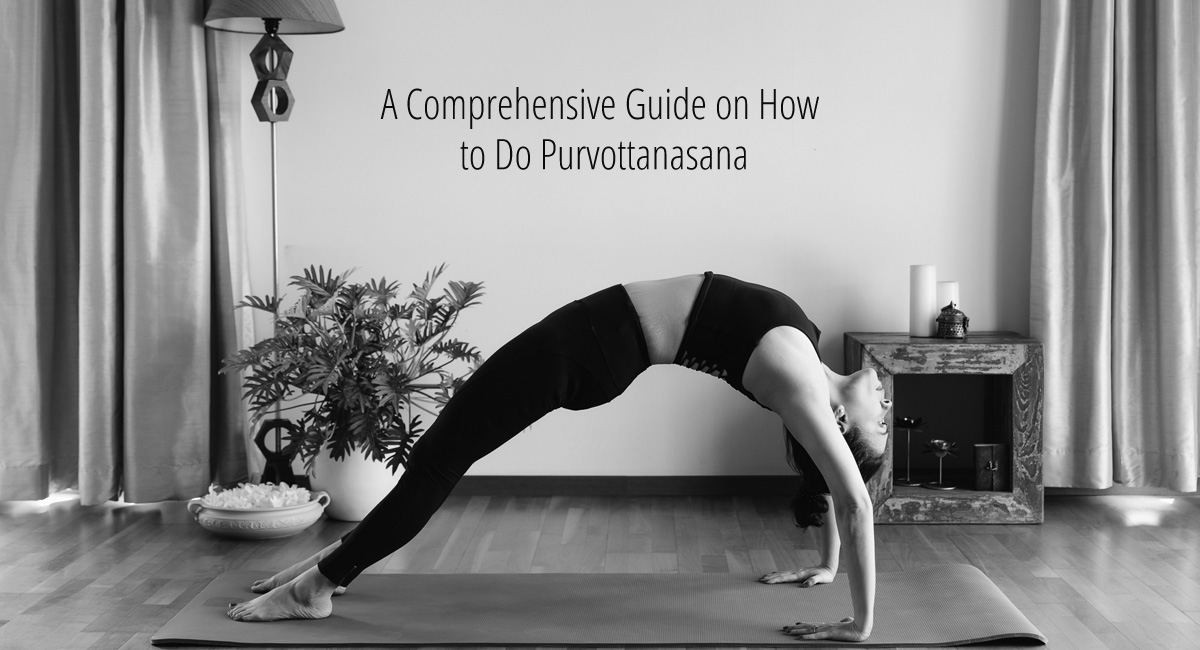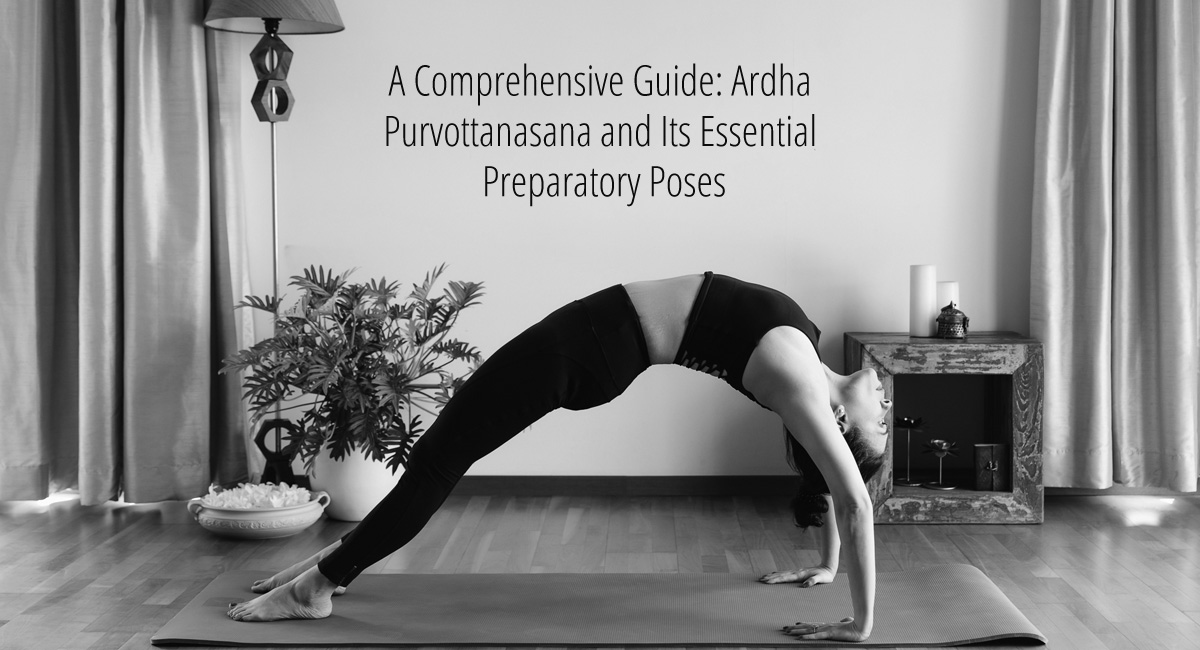
What Are the Benefits of Doing Yoga Everyday?
Is Yoga only limited to body benefits?
Today yoga is commonly practiced as an exercise or therapy but it is much more than that.
Hence, in layman language, what can you achieve from this art and science of healthy living?
For that let us understand the goal of the ancient practice which has been there with us all along.
The word ‘Yoga’ is derived from the Sanskrit root ‘Yuj’, meaning ‘to join’ or ‘to yoke’ or ‘to unite’, creating a unity between Man & Body –Mind & Nature.
“Yoga is about harmonizing oneself with the universe. It is the technology of aligning individual geometry with the cosmic, to achieve the highest level of perception and harmony” – B.K.S. Iyengar, founder of the style of yoga known as “Iyengar Yoga” and was considered one of the foremost yoga teachers in the world.
17 Benefits of Doing Yoga Daily:
My years and years of ‘sadhana’ –practice, has gifted me the below 17 benefits and helped me transform into a whole new person. The connection I built with my mat, and my loyalty towards healthy living, I would never walk away from.
Here are 17 benefits of practicing yoga every day:
- On and off my mat, I became a better listener with the help of Brahmari Pranayama, or the Bee Breathing Exercise.
- Stimulation inhalation with a sudden release of breath with a roaring sound or what you call ‘Lion’s Breath’ I learned a new language for a special purpose; to communicate with my body and my environment.
- The day-by-day vigor that I developed to persevere through the day with chanting the magical mantra OM for 108 times.
- When I couldn’t balance during Bakasana – Crane Pose, or Vrikshashana – Tree Pose, it meant some emotions of mine are affecting me deeply. Examining myself with best intentions, I practiced Balasana – Child Pose, sending loving energy into my heart chakra with wisdom, tenderness and compassion. It offered me a safe, supportive space to surrender and let go of my thoughts that were quite overwhelming. My daily yogya with Mountain Pose with Raised Hands ( Urdva Hasta Tadasana), and Standing Forward Fold (Hastapadasana) I grow to be thankful, my complaints disappeared and my abundance grew. Make a commitment to yourself to a particular pose and hold it for 30 sec. This helps you build willpower, and this resolve will seep into the rest of your life. Gratitude is rewarding.
- Overcoming the many faces of fear with balancing asanas like shirshasana. Balancing asanas can help us move into our fear, to explore its different layers in body and mind. Uncertainty or fear of falling can paralyse us , Yet I have felt most alive when I have taken that risk And stopped identifying with fear itself. Fear can be a greatest teacher, it tries to protect us. Welcoming what comes, whatever it is it’s a powerful way of loosening the grip of fear and anger. “What you resist persists, and what you let in leaves.” I love the playfulness of this practice drop backs require control of the core and spine. And only with consistent practice one can achieve it.
Flip your perspective with this asana. If you are stuck in a rut or seeking a solution, this upside down pose may just help you look at things differently. - Metamorphosis being the only invariable… Scorpion Pose or Vrchikasana, the spirit medicine of the asana is of protection, right timing, skill in action, metamorphosis, transmutation and of patience. This Asana strengthens your back, torso, shoulders and legs. It increases your stamina, helping one to be strong and toned. Regular practice increases blood flow towards your brain, increasing memory and concentration. This Asana promotes positivity and energy. The practitioners of this asanas feel more connected to others and helps in being more open minded.
- I became hyper mobile (felt like a Spider-Man) with backbending asanas. I especially feel strength in my shoulders, biceps as I have to pull myself up for the backbend. On an anatomical level, the main reason to practice backbends is to mobilise the spine in the direction of extension. Watch out if you are hyper mobile in your Lumbar spine and less mobile in your Thoracic spine. Be watchful and cautious and learn to use your entire spine during backbends.
- Mounting flexibility with Hanuman Pose. As the son of the wind, Hanuman was known for his mighty leaps .His most famous leaping exploits are associated with the battle of Lanka. Hanuman leaped the distance of 100 Yojanas . (One Yojana is the longest distance travelled by sound of a call from a tall place ) with a force that made the sand fly and the waves run backward, he stretched his mighty legs. Hanuman or monkey pose is a full front split and takes a lot of practice and hip opening sequences to achieve it. Continue to lift through your rib cage and your sternum and extend your arms to join overhead. Now imagine a tail extending from the base of your spine. Visualize lengthening the tail and create maximum length in your spine.
- Rajkapotasana or One-legged-king-pigeon. A deep back bending asana, this one requires a lot of full body preparation, the quads, spine etc. One of my toughest so far, I struggle in it. The challenges are simply too challenging at times and the only path to success is to keep working at it. Training the body and the mind and to keep an open positive approach is the key here, just simply flowing with the flow.
- Get on your mat and explore your backbends and feel radiant energy all through the day with Urdhadhanurasana. Backward bending poses create extension and length in the spine. They can also assist us in undoing some of our long term postural habits and help in release currently held emotions. Our posture reflects our current state of mind as well as our past experiences.
- Pinchamayurasana or Elbowbalance. This asana takes all of your concentration and focus to maintain balance. And not to mention super arm strength. This inversion is a difficult one to master and needs constant practice, even of other supporting inversions.
- Our peak pose is Svarga Dvijasana, or Bird of Paradise. Dvija means “twice born” and Svarga means “paradise” or “heaven.” The aim of this asana is to experience the depth of paradise and renewal within the body by emulating the shape of a tropical flower, the Bird of Paradise. Prepare for this asana is super long and one must follow a proper sequence before the final pose. Hamstrings, shoulders must be released and stretched well before this asana.
- Sarvangasana, or shoulder stand is considered as the most asanas in Hatha Yoga, is the “mother of all asanas” and has been considered as a boon to humanity by Iyengar Guruji. Maintaining this asana for 15 min or so, increases blood flow towards the heart and has a direct effect on the thyroid glands, is a boon for Asthama, low vitality, anemia, among numerous ailments.
- Salambasirsasana, helped me to be open to new experiences and take up small challenges to reach the larger goal. Although a lot of people get intimidated by this posture, it can be build up with small steps and even a few seconds is a great start. This inverted asana builds strong shoulders, core, back muscles, this inversion must be done for 15-20 min to derive all the benefits.
- It is said there are as many poses as there are species in nature. Animals, birds have been a huge inspiration for yoga. Dhanurasana inspired by the bow, Kurmasana inspired by the tortoise, Garudasana inspired by the Eagle, and Krounchasana inspired by Crane taught me a sense of balance that we can’t live without others, we cannot live without animals, and we cannot live without nature.
- Plough Pose as a tool for revealing hidden treasures. Traditionally the journey towards Halasana is from sarvangasana. Any pose that takes your head below your heart is a stress reliever and Halasana is no exception. It stretches the muscles in your back, increasing spinal flexibility and suppleness. It is deeply restorative as it is practiced at the end of a session, calms your brain, and is great for the thyroid. Does your breathing feel restricted in this pose? Pay attention to your lungs. What does this pose reveal about how you handle restrictions and limitations? Regular practice calls forth jewels of insight from the mind and body. Get on your mat today!
- Through practicing Reverse prayer or Pashimnamaskarasana, I learned stability is the key along with flexibility; I understood my journey from the mirror of yoga. Going with the flow, Going with the flow doesn’t mean we don’t know where we are going, rather we are open to other ways of getting there. Going with the flow doesn’t mean we become lazy or passive, rather it means we are aware of energy larger than us and we are open to working with it not against it. Going with the flow means letting go of our individual agenda and notice the play of energy around us. Take a deep breath and move into the current of the river.
“One of the best pieces of advice I ever got was: Go Slow to go fast. We live as though there aren’t enough hours in the day, but if we do each thing calmly and carefully, we will get it done quicker and with much less stress.” As we are all stuck at home this month, what better way to explore our bodies, our feelings, but through yoga, it becomes a container, a safe space, a state of stillness and presence and simply letting go of the distractions of our mind. What is your inner process like? Please do share on the comments below.
Sharing simple routines can help support others too.

I am a Pune based artist, Kathak dancer, Dance Movement Therapist, and an avid Yoga practitioner/ teacher. I am also the Director at the Sakal Media Group, a Trustee of Pune Blind School and Nirdhar Trust.
Being a part of Sakal Media Group, with its strong foundation of service and ethical journalism, I am deeply committed in making this world a better place by pushing boundaries, giving opportunities to others, following my convictions, helping others make better choices and to tell powerful stories that will help reshape the world we live in.





